AI and Robotics
 HowAiWorks
HowAiWorks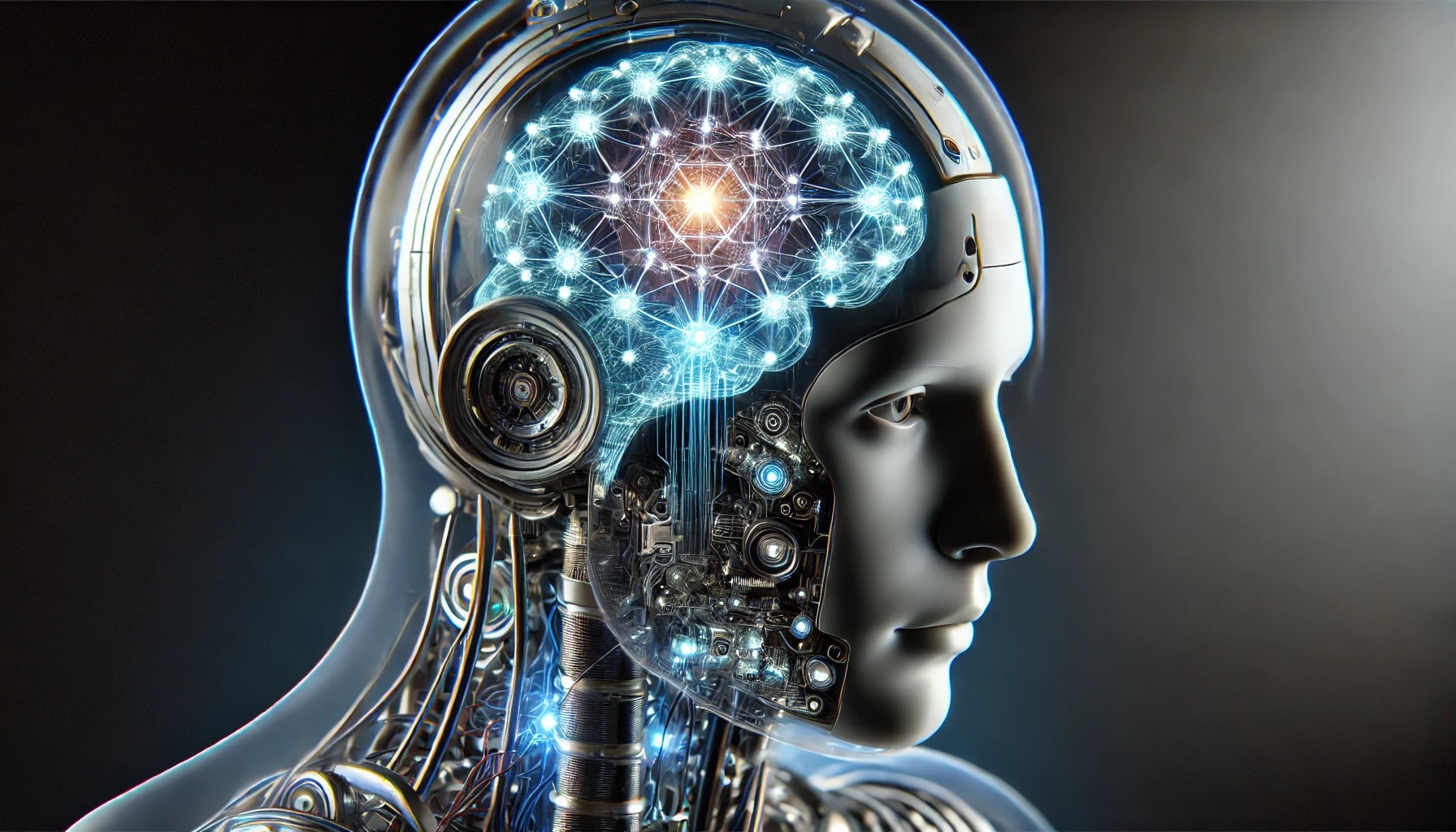
The intersection of artificial intelligence (AI) and robotics spans from ancient ideas to modern innovations. This article explores the history, current state, and future potential of AI in robotics, highlighting key milestones, applications, and interesting statistics that showcase the growth and impact of this field.
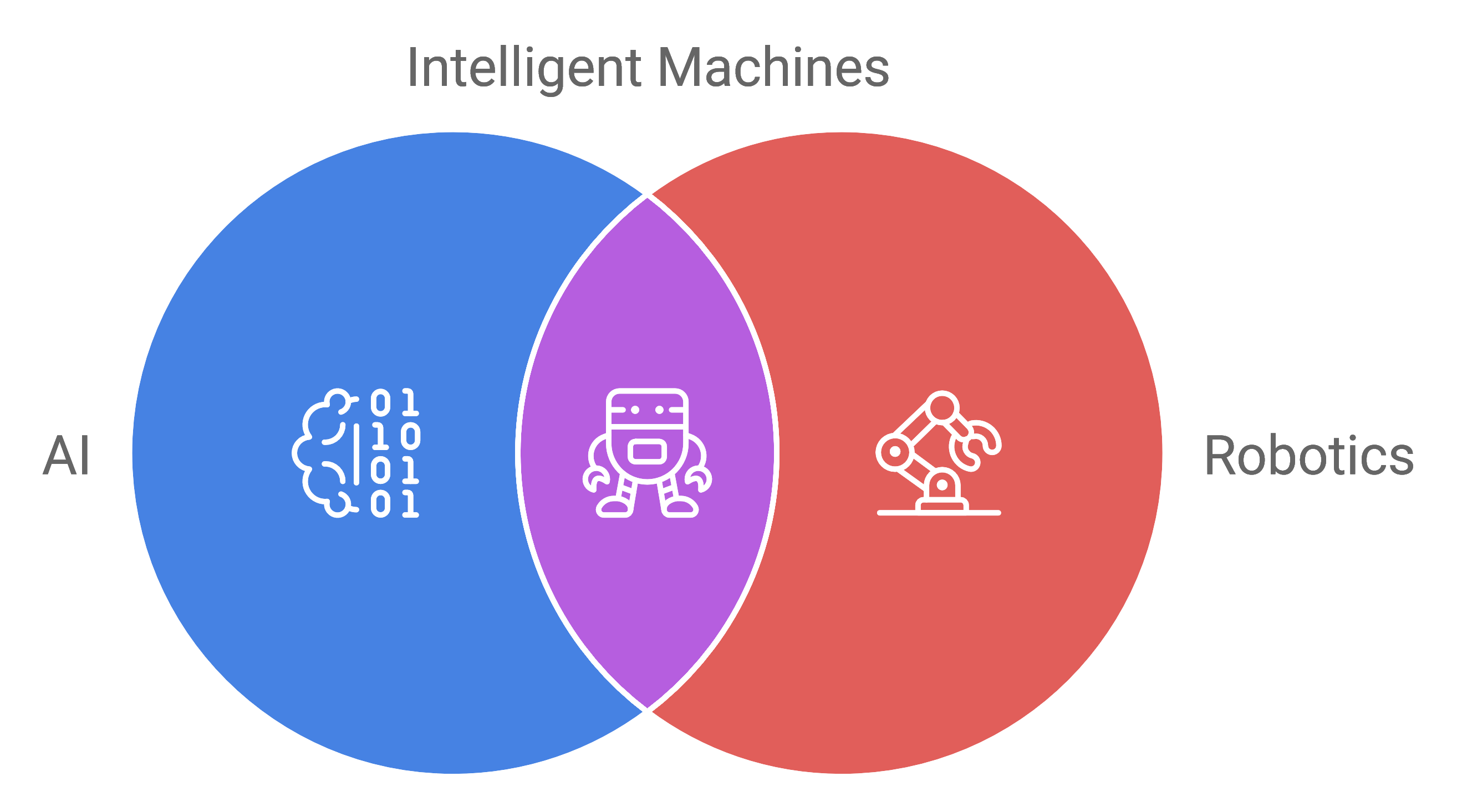
Historical Perspective
The idea of automated machines dates back to ancient civilizations. Notable figures like Archytas of Tarentum and Hero of Alexandria created early mechanical devices. During the Renaissance, Leonardo da Vinci sketched plans for a mechanical knight, further pushing the boundaries of what machines could do.
Key Milestones:
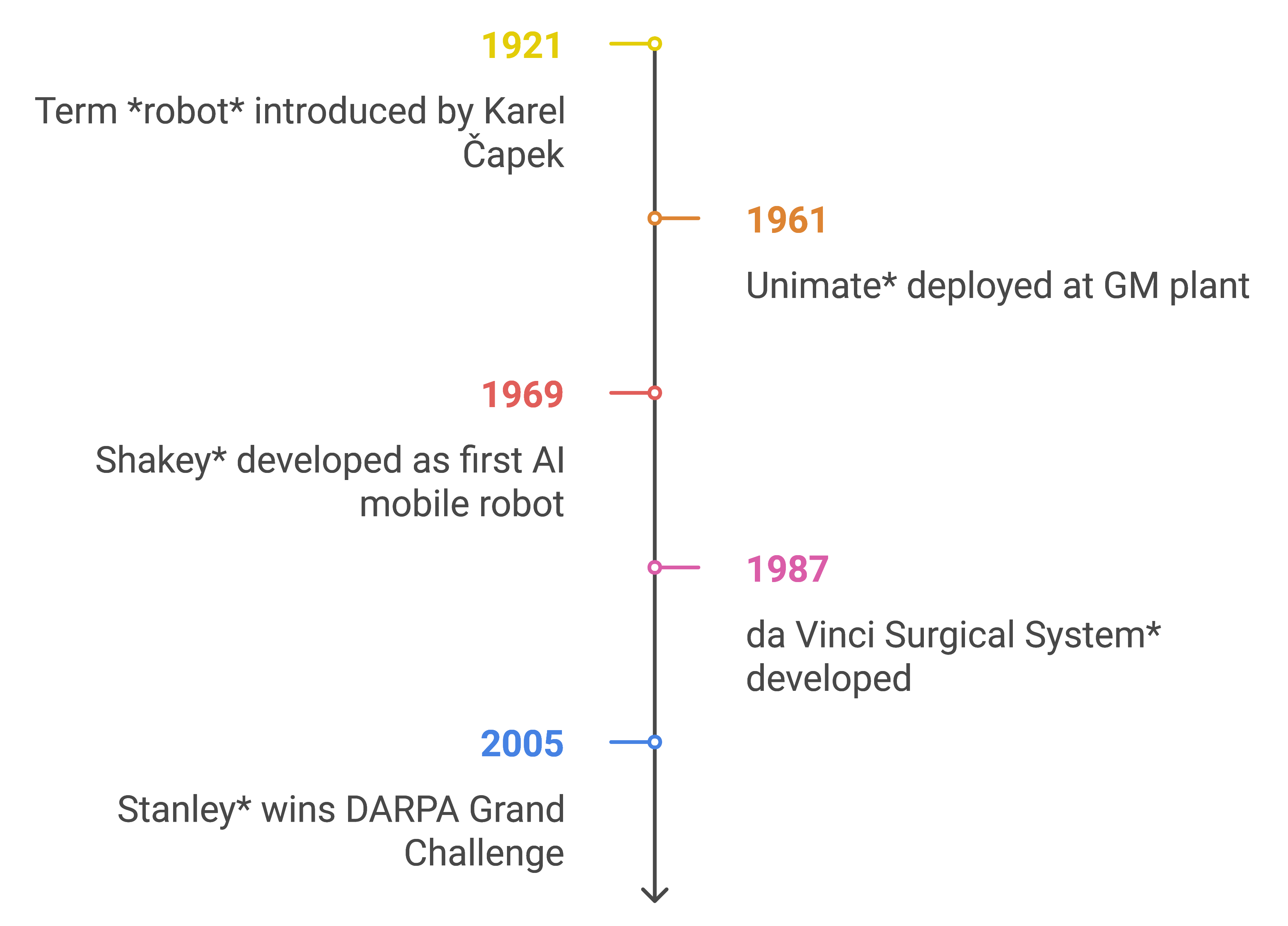
1921: The term robot is introduced by Karel Čapek in his play R.U.R., sparking the concept of mechanical beings.
1961: Unimate, the first industrial robot, is deployed at a General Motors plant, revolutionizing manufacturing processes.
1969: Shakey, the first mobile robot to use AI, is developed, representing a significant leap in robotics autonomy.
1987: The da Vinci Surgical System is developed, opening new horizons for precision in minimally invasive surgery.
2005: The Stanford Racing Team's autonomous vehicle, Stanley, wins the DARPA Grand Challenge by navigating a 132-mile desert course autonomously, showcasing the potential of AI-driven robotics in complex environments.
The Rise of AI in Robotics
The combination of AI and robotics gained momentum in the 1980s and 1990s due to advancements in machine learning, neural networks, and data analytics. This integration has led to more sophisticated systems capable of perception, learning, and decision-making.
Core Technologies:
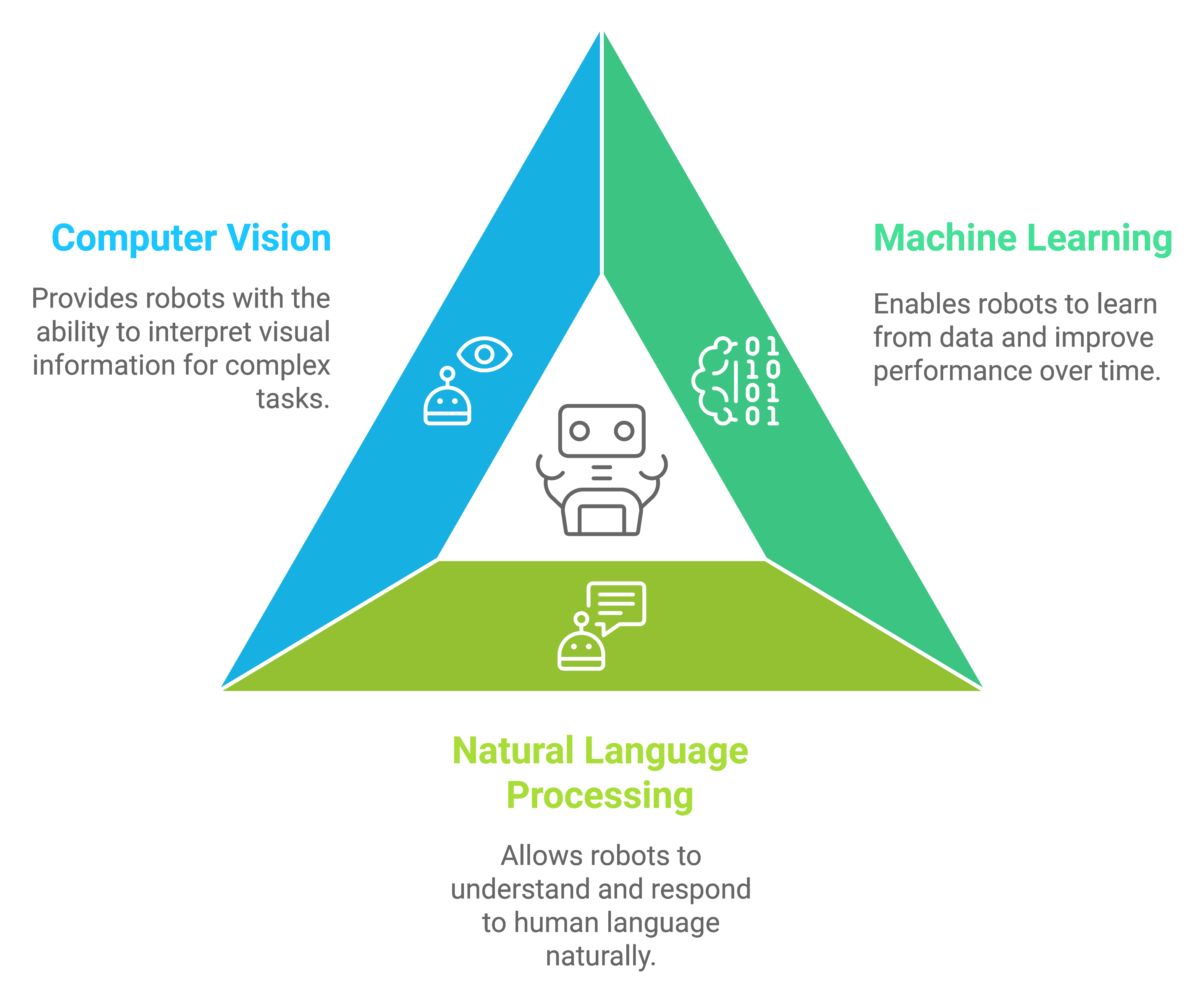
Machine Learning (ML): Machine learning enables robots to learn from data, detect patterns, and make decisions without explicit programming. ML models are critical for adaptive behaviors, allowing robots to improve their performance over time through experience and feedback.
Natural Language Processing (NLP): NLP allows robots to understand, interpret, and respond to human language. By processing language, robots can communicate more naturally, enhancing human-robot interaction in applications ranging from customer service to personal assistance.
Computer Vision (CV): Computer vision gives robots the ability to "see" and interpret visual information from the world around them. This technology is key for object detection, navigation, and interaction within dynamic environments, making it possible for robots to perform complex tasks in real-world settings.
Applications and Advancements
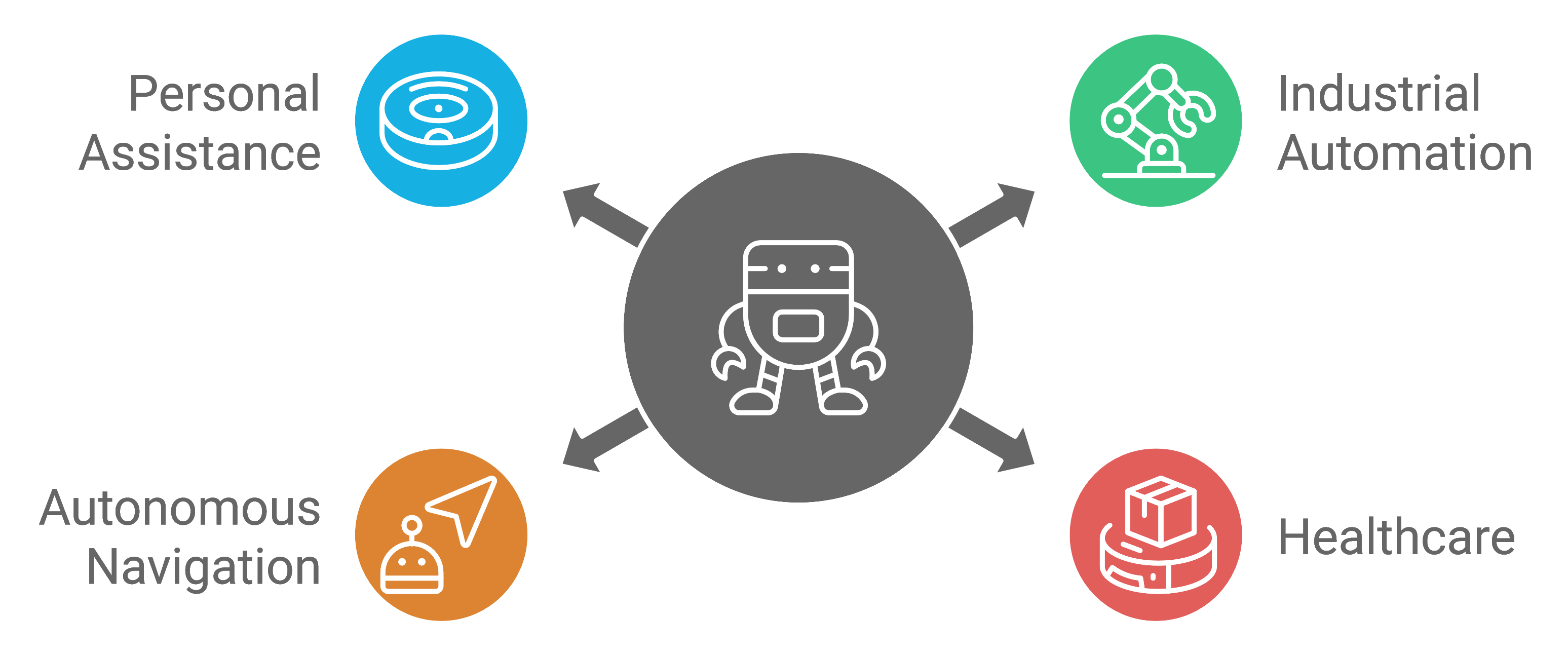
Industrial Automation
AI-powered robots have transformed manufacturing by performing tasks such as assembly, quality control, and inventory management. Collaborative robots (cobots) are now working alongside humans in many industrial settings.
Healthcare
In hospitals, AI robots assist in surgeries, deliver medications, and provide patient care. Examples include the da Vinci Surgical System and Moxi robot designed to help nurses.
Autonomous Navigation
Companies like Boston Dynamics have developed robots capable of navigating complex terrains autonomously using AI algorithms such as simultaneous localization and mapping (SLAM).
Personal Assistance
AI-powered robotic vacuum cleaners and other home automation devices illustrate how AI robotics can enhance everyday life.
Interesting Statistics
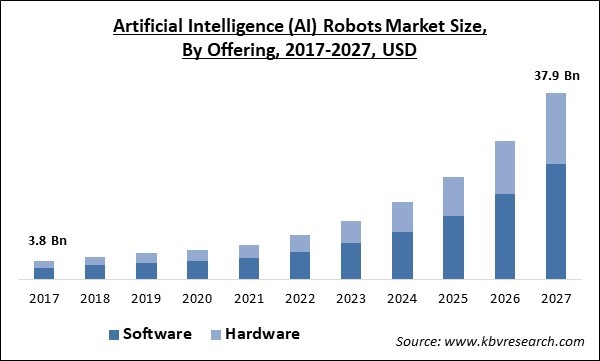
The global AI robots market was valued at USD 15.2 billion in 2023 and is projected to reach USD 111.9 billion by 2033, growing at a CAGR of 22.1%.
Approximately 8 billion AI-powered voice assistants are expected to be operational by 2023.
Over 2.7 million industrial robots are currently working worldwide, handling tasks like welding and material handling.
The healthcare robot market is projected to exceed USD 16 billion by 2025.
In 2023 alone, North America held a dominant position in the market with a 33% share.
The global AI in robotics market is expected to grow from USD 12.3 billion in 2023 to approximately USD 146.8 billion by 2033.
Machine learning accounted for more than 45% of the technology segment within the AI in robotics market in 2023.
The Future of AI in Robotics
The combination of AI and robotics promises significant changes across various sectors:
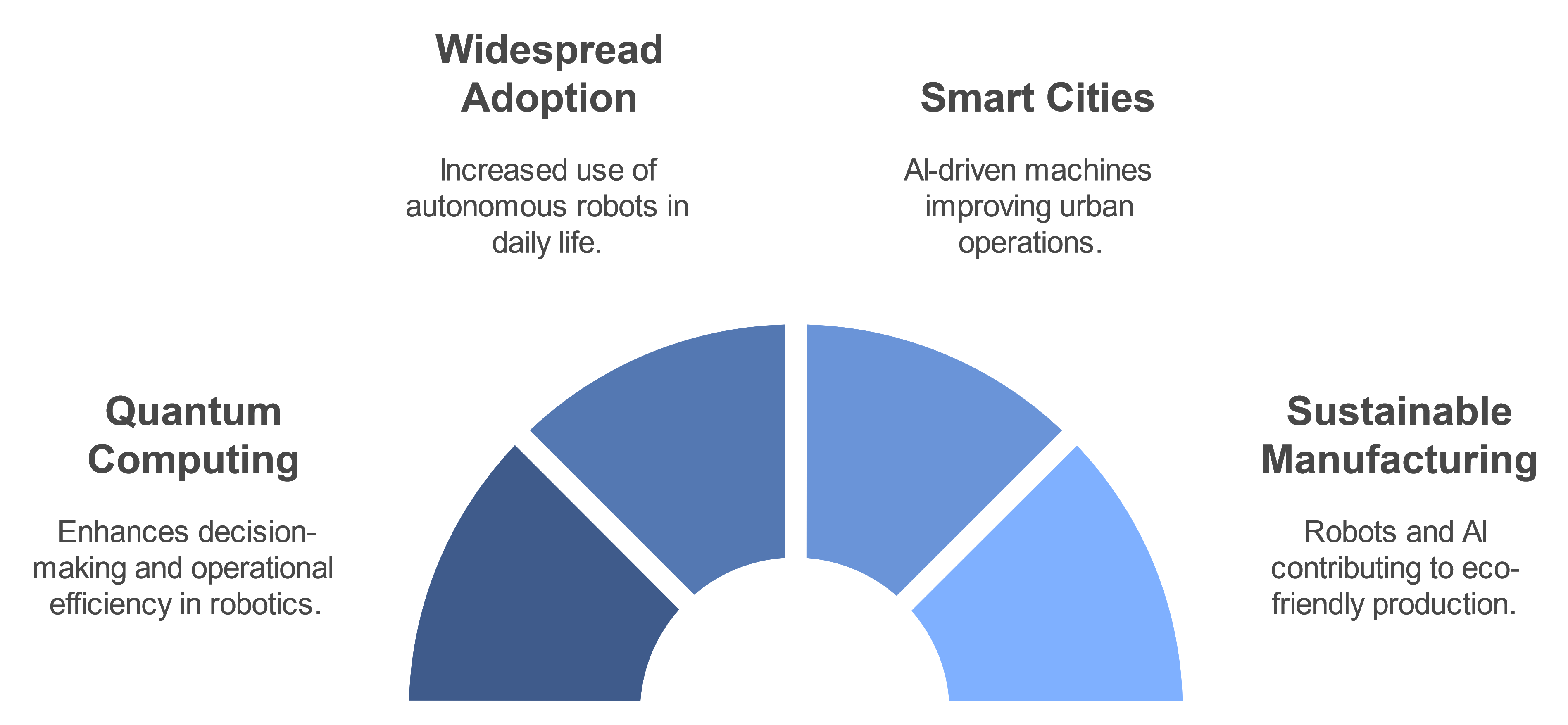
As AI and robotics continue to evolve, we can expect more intelligent, versatile machines integrated into our daily lives and workplaces. This partnership between humans and cognitive robots has the potential to address complex global challenges, improve quality of life, and push the boundaries of innovation.
Curious to learn more about AI? Check out these overview posts:
Subscribe to my newsletter
Read articles from HowAiWorks directly inside your inbox. Subscribe to the newsletter, and don't miss out.
Written by
